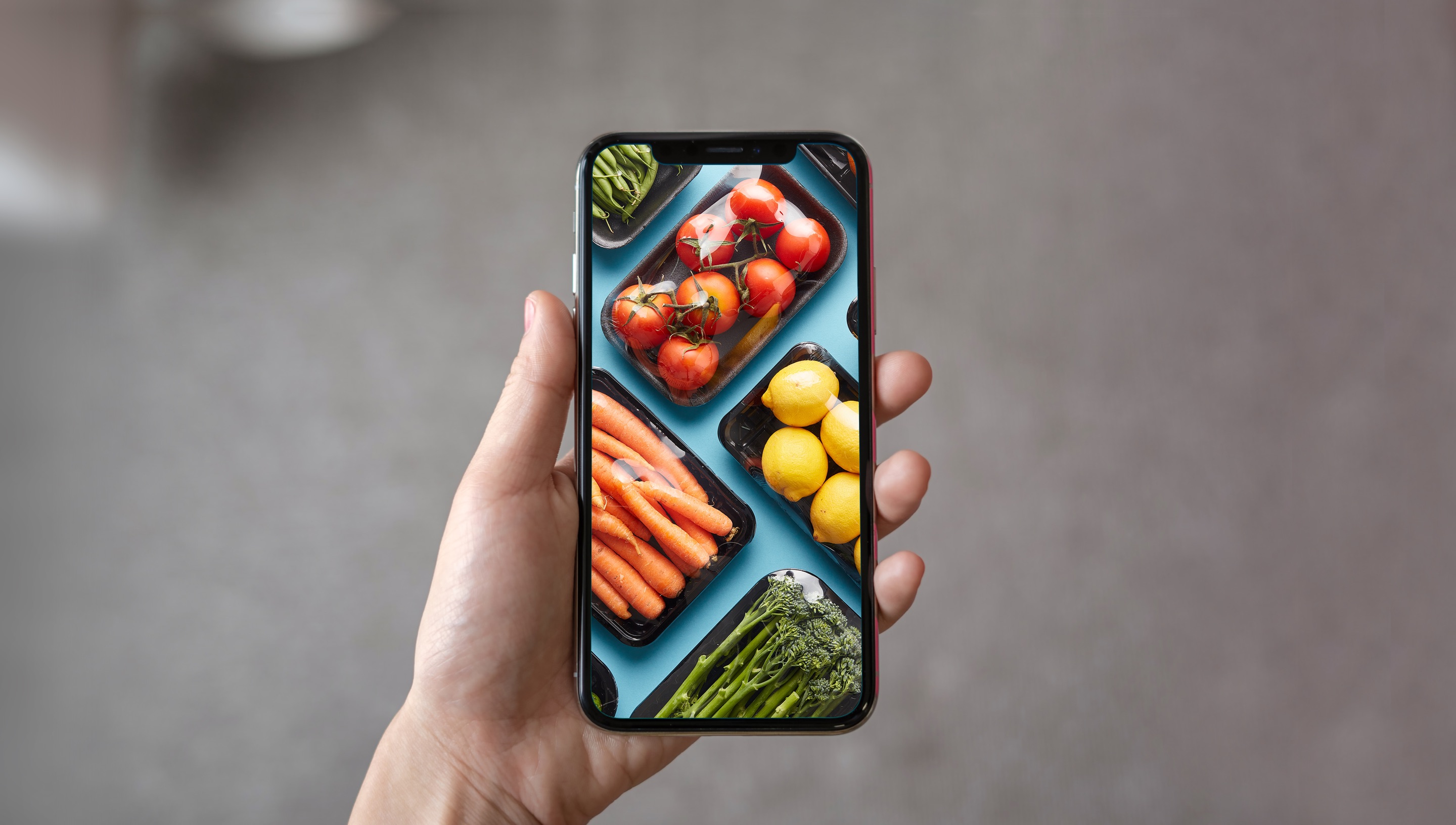For today’s shoppers, shipping matters. Waiting for delivery is particularly unbearable for Generation Z consumers, who are accustomed to instant gratification and 24/7 availability through the internet.
As these digital natives take on a larger share of consumer spending, their preference for online shopping will impact retailers of all types, including grocers—amplifying the challenges and the opportunities of today’s online grocery landscape. For example, shipping and delivery services, which are currently unprofitable and unstainable for grocers, will become critical not only for improving e-commerce profitability but for driving customer satisfaction.
Who is Gen Z?
Gen Z, defined as those born after 1998, will command nearly 40 percent of all consumer shopping by 2020. Nine out of ten parents report that their Gen Z children influence household spending to the tune of $116 billion to $333 billion per year.
Gen Z doesn’t like to wait, least of all for the local supermarket. If traditional grocers want to serve this growing segment, they must anticipate the different challenges it brings. They will need to build experiences and propositions that align with Gen Z values and behaviors. Here, we explore four key experience principles—light, ethical, accessible and dataful (LEAD)—and how established grocers can harness them to capture younger consumers:
Applying LEAD Principles to Gen Z
Light
Attribute: If a brand wants to get in touch with Gen Z, it has 8 seconds to do it. This generation is notoriously impatient with anything from slow-loading websites to long lines or two-week shipping windows.
Action: Focus on removing friction, with lightweight solutions that can be rapidly tested with Gen Z customers and scaled with the early insights. Consumer expectations are elevated – fast, free delivery, seamless in-store experiences, and the ability to get the best price and service at any point. This shopping experience is the new normal.
Ethical
Attribute: Gen Z is driving brands to pay more than lip service to ethics and sustainability. A recent study reveals that seven in ten Gen Z respondents say they try to buy from companies they consider ethical, while almost two-thirds (65 percent) like to learn the origins of the products they are buying.
Action: Build transparency into the supply chain, with the ability to expose provenance, cost drivers and product history. Provide shoppers with information at every step, to allow them to make informed choices based on clear pricing models and competitor price-matching.
Accessible
Attribute: More than half of Gen Z consumers spend 10 hours or more online each day, across all digital devices, and 98 percent own a smartphone.
Action: Look across the end-to-end customer journey to find moments where friction can be eliminated from the experience. Use technology to reduce the time for product selection and checkout, allow order modification as late as possible and know your customer, making useful reminders and recommendations. And don’t forget to enhance the digital tools that employees have to enable a faster and better customer service.
Dataful
Attribute: Gen Z has access to and fluency with large quantities of data. Shopping is a true multichannel experience, with price comparison, real-time reviews and social sentiment integrated into even the most straightforward of purchases.
Action: Power all experiences with data, connecting the digital and physical into an omnichannel system. While a digital footprint has been somewhat easy to understand, physical experiences are more opaque. Incorporating sensors, cameras and motion tracking technology can help retailers better assess interest and intent, while positioning and time data help the retailer gauge performance based on the item location within the store. Blending the data from across channels can help identify patterns and connections that can lead to even better predictive modeling capabilities for demand forecasting, fulfillment and product marketing.
By using LEAD principles, grocers can create omnichannel experiences that appeal to Gen Z shoppers, building loyalty and customer satisfaction. The stickiness of these experiences will help grocers find propositions that shoppers will subscribe to and pay for. This will be critical in creating a profitable online grocery model—and that is a charge worth leading.










